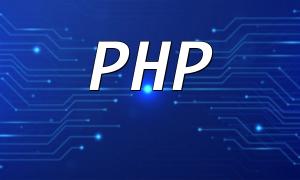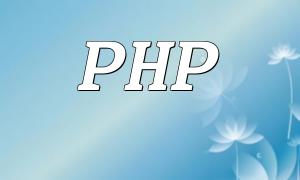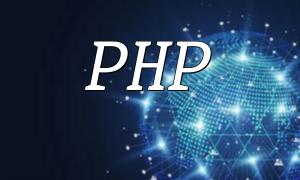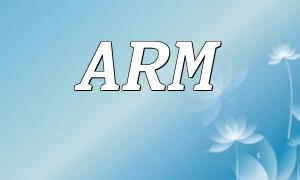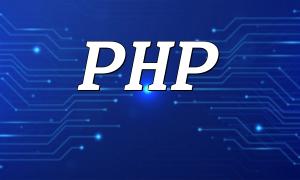Once you've learned the basics of PHP, the next step is to select a framework that's suitable for your project. A framework helps you write code more efficiently, securely, and consistently. When choosing a framework, consider the following factors:
Choosing a widely maintained framework is crucial. It ensures that you can get help when facing issues and that security updates are readily available.
Framework speed is another important consideration. You should choose a framework that is more efficient based on the specific needs of your project.
Usability is also a key factor in selecting a framework. It's important to choose a framework that's easy to learn and use, helping you to improve your development efficiency.
Once you've selected a framework, the next step is to configure the development environment. Here are the basic steps for setting up the environment for PHP development:
First, download and install PHP from the official website. After installation, make sure to add the PHP path to your system's environment variables so that PHP can be recognized properly.
For PHP development, you also need to install a web server, such as Apache or Nginx, and add its path to the system's environment variables as well.
Databases are essential for web development. Choose a suitable database system to store your project data, such as MySQL or PostgreSQL.
Once your environment is set up, the next step is to create your project. Determine the project name and folder structure to help organize your code effectively.
After creating the project, you can begin writing the code. Here are some key points to consider while writing your code:
In web development, MVC (Model-View-Controller) is a common architectural pattern. It divides the application into three parts: Model, View, and Controller, making the code more organized and easier to maintain.
When writing code, try to create reusable components. This reduces redundancy, increases development efficiency, and improves maintainability.
Security is a major concern in web development. Make sure your code is protected from common attacks, such as SQL injection, cross-site scripting (XSS), etc.
After completing the coding phase, you need to test and deploy your project. Ensure that your code runs as expected without errors. When deploying, upload your code to a server and ensure the server configuration meets the project requirements.
These are the basic steps for developing a PHP project using a framework. From selecting a framework to configuring the environment, creating the project, writing code, and finally testing and deploying, each step is crucial. By using a framework and following best practices, you'll be able to complete your development tasks more efficiently and securely.
